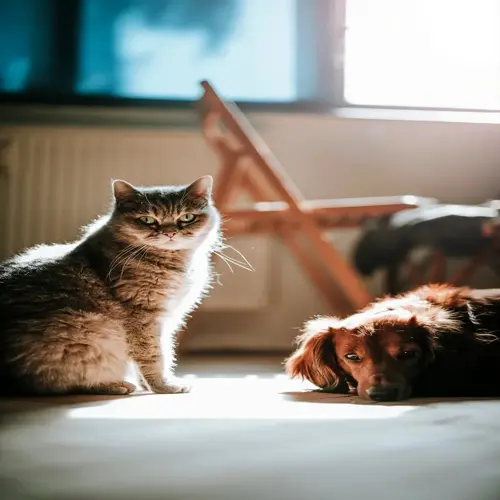How often should litter be completely replaced?

Written by
Wang Jiahao
Reviewed by
Prof. Edward Clarke, Ph.D.Sticking to a rigid litter replacement regimen helps prevent odors and keeps the cats comfortable. By keeping an eye on the clock, the waste does not accumulate, and the litter can be used at top efficiency in absorbing and clumping. The type of litter is unimportant. What is important is that a rigid replacement schedule is kept.
Daily Maintenance
- Remove solid waste immediately after elimination
- Stir litter to prevent compacted layers
- Top off low areas maintaining 2-3 inch depth
Weekly Reset
- Empty entire box completely
- Scrub with mild unscented soap
- Rinse thoroughly to remove residue
Monthly Deep Care
- Apply enzymatic cleaner during scrubbing
- Inspect box for scratches holding odors
- Rotate box location if needed
Change plastic containers out at least annually, regardless of whether they appear dirty. Micro-scratches allow odor molecules to cling to the surface, which no amount of cleaning can remove. Include in your budget every year a sum for boxes to prevent subtle aversion, which leads to accidents and elimination difficulties throughout the house.
Observe the condition of the litter box between scheduled litter changes. The clumping clay litter will show visible saturation, and the silica will change color. Non-clumping litters require more frequent complete litter changes. Adjust your litter change schedule based on your cat's use of the litter box and any other conditions within your home, such as humidity levels.
Read the full article: Ultimate Guide to Litter Box Training Success

